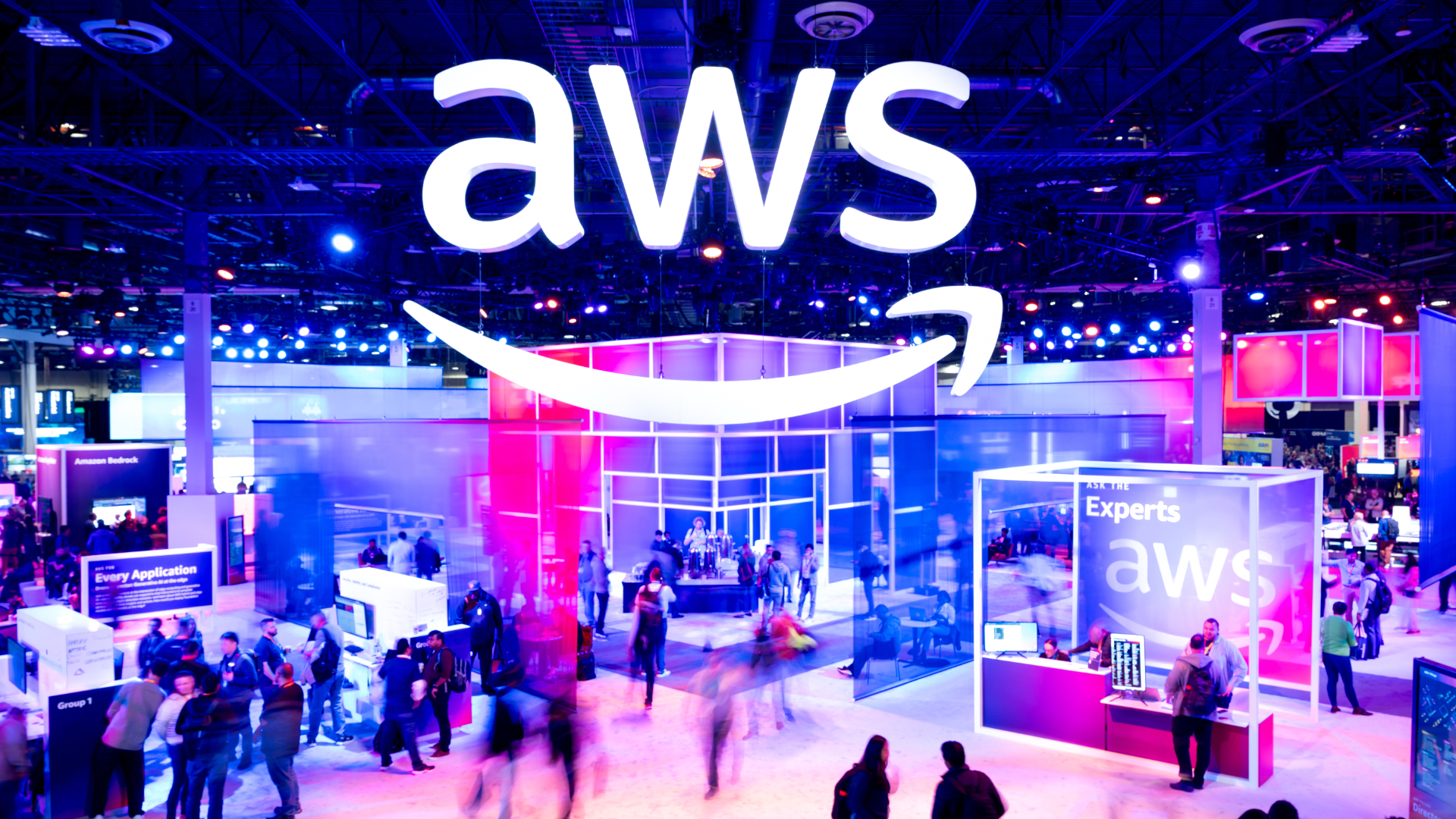Cisco and NVIDIA are clearly positioning themselves at the centre of the hardware debate about what AI infrastructure should look like in practice after an era of early implementations. The San Jose-based company showed off the N9100 switch, the first data centre switch based on NVIDIA’s Spectrum-X chip and compatible with the NVIDIA Cloud Partner programme. It’s seemingly just another piece in a networking offering, but it’s actually an important piece of the meta-game: Cisco is entering the future league of neocloud infrastructure and sovereign clouds, a segment where it is not so much a single hyperscaler that will count, but an architecture that can be deployed locally, controlled and optimised for AI.
The real infrastructure revolution won’t happen in LLMs, it will happen on the network. Cisco’s Patel talks about the biggest DC expansion in history – and it’s not marketing: spending on AI data centres in 2025 is already counted as growth-class CAPEX from the 4G peaks and hyperscaler boom of 2016-2020; the biggest bottleneck is no longer GPUs, but network topology and capacity (including front-end and back-end Ethernet). Cisco’s announcement joins a trend that is evident in industry reports: hyperscalers have started to move from hardware GPU wars to network wars.
Cisco is making two moves at once here. The first is a product: the N9100, with a choice of NX-OS or SONiC, showing that the flight of enterprise and telco customers towards greater system software sovereignty is starting to be a fact, not a slide. The second is an attempt to build a Cloud Reference architecture shared with NVIDIA. The idea is to have a common configuration for sovereign AI clouds – from switches to DPUs to SuperNICs. This is not another product line, but a move towards an AI factory that the customer can deploy as a blueprint.
The additional layer is AI Security. Cisco was already set on a hybrid: security + observability + AI after the Splunk acquisition. Now it is adding a layer of integration with NVIDIA NeMo Guardrails, a signal that AI compliance and policy enforcing in LLMs will be part of the security stack. Splunk Observability Cloud is the catalyst here: it provides a single view of the cost and quality of inference. This is not a product firework, it is an approximation to the operational model of AI in large enterprises.
The most interesting part of the announcement, however, is AI-RAN for telecoms, as an announcement of 6G networks with native AI. This is a move strictly under mobile operators, who are expected to see AI descend closer to base stations, rather than into cloud regions. The telco industry will need to improve traffic handling efficiency before AI goes massively live in smartphones, AR and robotics. This collaboration with NVIDIA at the RAN layer could be the first real 6G prototype that will make business and operational sense for MNOs.
Cisco is gambling on becoming an AI ready infrastructure integrator and having ownership of the definition of the term. That’s why this announcement is more important than it looks at first glance. Cisco is trying to become the place where hardware, networking, security, observability and AI operability meet. In 2025, this could be the strongest definition of value in infrastructure.












